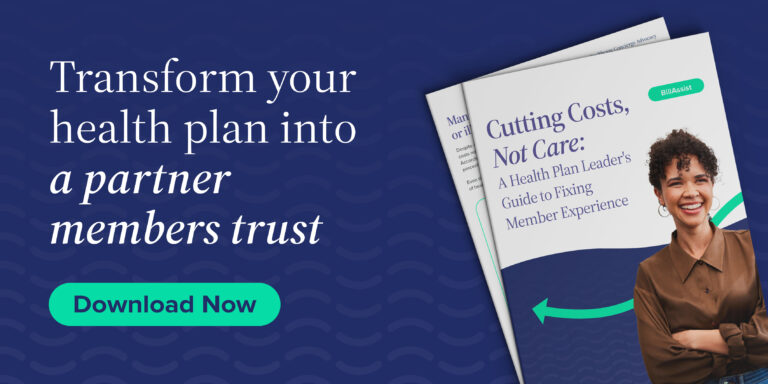See this article by Goodroot CEO Mike Waterbury as it originally appeared in STAT.
After a year defined by record inflation and double-digit health care premium increases, I hope that a few years down the road we can eventually look back at 2023 as the year that ignited change in U.S. health care and led to a new system that future generations are proud of.
I’ll be doing everything I can to make that happen.
When I think about reinventing health care, I see two separate problems that need addressing: How can a more sustainable long-term system be created? And how can cost barriers be removed and patients be put first?
Utterly unsustainable
Do the math and it’s easy to see that realigning health care incentives in the U.S. is inevitable.
The average family insurance premium was $6,348 in 2000. By 2020 that had ballooned to $21,342, an average increase of 6.25% per year. The average wage in 2000 was $30,846, which increased to $58,130 by 2020, or an average increase of 3.22% per year. Put another way, health premiums in the U.S. have increased at nearly two times the rate of wages.
If nothing is done and health premiums continue to increase at the same rate, the average family premium will exceed $100,000 by 2046. If premiums and wages continue to increase at the same rates, the average family premium would overtake the average wage in 2055. In a little over 30 years, a family would require an entire adult income to pay for health insurance. Imagine the stifling effect that would have on the economy and American life.
Reinventing health care for the long term
Here’s a simple question for the leader of every organization in the health care industry: Do you serve the best interests of the patient? Naturally, all of them would answer, “Of course!” But that’s not true unless what people must pay for care is part of how the organization thinks about patients’ best interests.
Health care is unaffordable for many Americans and medical debt is the leading cause of personal bankruptcy. More initiatives should be directly addressing this. An individual could receive the best clinical care, but if the cost of that care is too high, you’ll still have a person — and a family — that’s suffering.
I’m a health care entrepreneur, so I wholeheartedly acknowledge that health care organizations need to be profitable. But not at the cost of patients’ financial ruin. A fraction of the annual profits of one health care giant (pick a major insurance carrier or pharmacy benefit manager) could wipe out most medical debt in the U.S.
As this finally becomes a focus, Americans and their employers will increasingly seek out health care partners committed to financial well-being. Companies that make every interaction between human and health accessible, affordable, and seamless will win the future of health care.
Reinventing for right now
To refocus the health care industry around a fair cost of care, employers and workers can take several steps to lower costs right away. When solutions like these are more widely known and implemented, it will begin to turn the tide on ever-rising health care costs.
Expand the use of health care benefit navigators.
Much to the surprise of many, the cost of care is not an indication of quality. The same procedure with the same surgeon could cost many times more at a hospital than at an ambulatory surgery center. People don’t realize they could pay $16,000 in one location versus $4,000 at another with the same provider. How would they know this? Employers can provide health care benefit navigators on top of health benefits, so their employees are able to make cost-effective care decisions.
Make hospital financial assistance more readily available.
Nonprofit hospitals are required to offer free and discounted care based on an income scale that often reaches well into the middle class. But these programs tend to lurk in the shadows. People who would qualify for financial assistance are often unaware these programs exist and don’t apply for them, leaving them vulnerable to medical debt. Surprisingly, it’s more cost-effective for hospitals to offer charity care than to chase bad debt. No one who is eligible for this assistance should miss out on it.
Advance self-insured businesses.
Self-insurance or self-funding once made sense only for companies with more than 1,000 employees. Things have now reached a tipping point where companies as small as 25 workers can pay their own claims, shield themselves from risk with stop-loss insurance and cost-containment programs, and produce savings for their organization and their team. I took Goodroot, my 87-person company, down the self-insured route on January 1 and significantly lowered costs for our business and our employees, while improving their benefits.
Embrace sensible drug pricing.
The high cost of drugs contributes to unaffordable health care. As new therapies enter the market with price tags in the millions, now is the time to rethink how to price and pay for drugs. There should be fewer steps — and fewer companies taking profits — between the manufacturer and the people who take medicines. There’s an opportunity for a new generation of health care innovators to design a better way.
Let’s make 2023 the year of new ideas in health care. Though extremely profitable, the industry cannot continue down the path it is on. Things must change, and those who see that now will have the honor — and the reward — of creating the new system.









